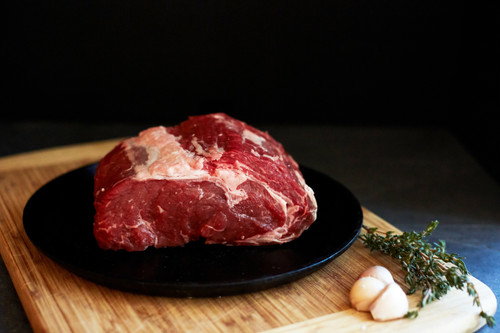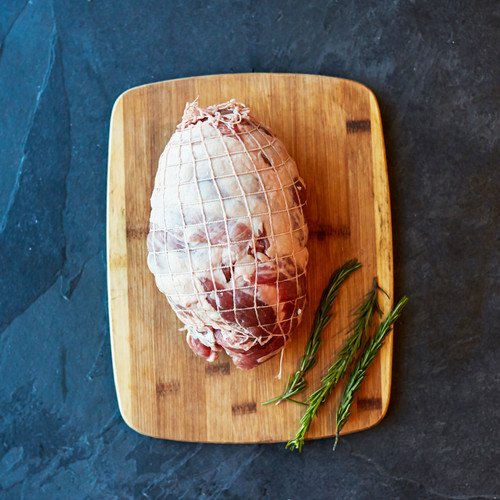Stretching Your Meat Dollar

You want to do good by the animal, the farmer, the worker, the environment, and you and your family's health. You've made the decision to eat consciously, and now you're looking at our prices, thinking, 'that's a lot of money!' We would argue that our prices reflect the True Cost of Meat and that "cheap" meat isn't all that cheap. However, we do understand your budgetary concerns so here are few tips to make the most of your purchase.
The most important thing you can do is buy a meat thermometer and follow our Cooking Tips. Grass-fed meat and pastured poultry cook differently than their industrial counterparts so following these tips will help ensure that your purchase comes out of the oven tender and juicy.
Meat Minimalism (eat less meat)
If you didn't think the folks at KOL Foods were a little off before, you might have cause now. A meat company that says, "eat less meat?" What's next, kosher shrimp? But seriously, Americans didn't always eat as much meat as we do now and there isn't really a good reason for eating more than a 4 oz serving or 56 g of protein per day (most Americans consider 8 oz a serving and consume double the recommended protein). Below is a list we put together of some tips for reducing meat in your diet:
- View meat as a treasure or a treat. Consider the amount of resources and effort that went into raising the animal and then getting that steak to your table - you’ll appreciate the hard work it took!
- Gradually wean yourself off of over-sized American portion sizes over a period of 3-6 months.
- Replace some of the meat protein you consume with plant protein: quinoa, spinach, lentils, beans, nuts.
- Share a steak or a breast fillet. Remember 1 lb of cooked meat = 4 servings.
- Buy more vegetables and learn how to cook them in different ways: become a CSA member, eat seasonally for variety
- Use meat as a flavoring or a condiment: stir fry, pilaf, salad topping, pasta sauce, meat broths in soup with a small amount of meat
- Precook and freeze beans, lentils and rice for later use as a convenience
- Have meatless Mondays or only eat meat for dinner
- Cook a "normal" amount of meat for Shabbat, only have 4 oz portions and use the rest of the meat to flavor your meals for the rest of the week.
- Cheat every once in awhile - life is short, so enjoy it!
Make the Most of a Whole Chicken or Turkey
To save money and get the biggest bang for our buck, the KOL Foods team only buys whole poultry even though he's not a huge fan of dark meat. Here's what he does to get the most out of a whole chicken (use the same concept with a turkey or anything with bones):
1. Roast the whole chicken and eat the breast meat for Shabbat dinner. As a meat minimalist, Gidon cuts the breasts in half to make four servings and serves it with three different vegetables to make a hearty meal. There's never a limit of vegetables in his household but meat is treated as a treasure. Use the pan drippings to make a rich gravy (to pour all over the veggies) or retain for step 2. Debone, cube and freeze the dark meat for step 3.
2. Freeze the skin, bones and pan drippings until you have three whole chickens worth and use Gidon's Grandmother's stock recipe. Remember to save the fat from the top of the stock to use as schmaltz. Then use the stock in all sorts of dishes, including four gallons of soup.
3. Debone and cube the thighs and drums, freeze them for later use, and make Gidon's chicken vegetable soup. As a meat minimalist, Gidon only uses 2-3 boned leg quarters in two gallons of soup.
Voila, you've just turned your whole chicken into a wonderful family dinner, stock for soup and rice pilaf, schmaltz for cooking, and soup that will feed your family for more than a week.
















